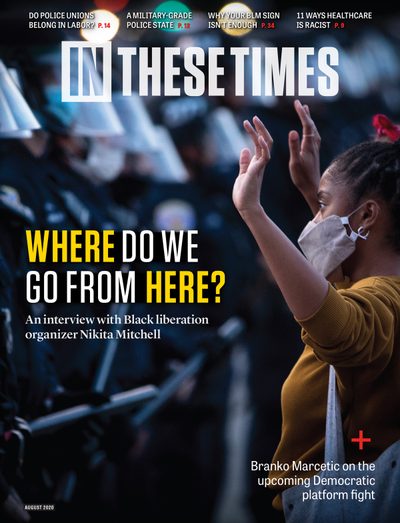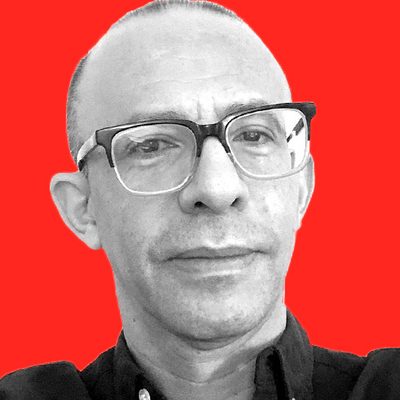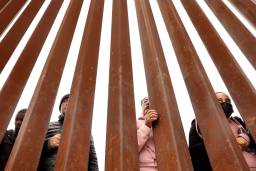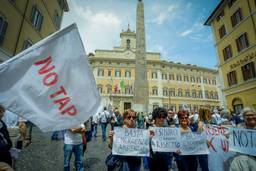The Grassroots Efforts to Save the Lives of Immigrants Who Can’t Get Covid-19 Testing From the State
Local groups are stepping in to fill a lethal void.
Maurizio Guerrero
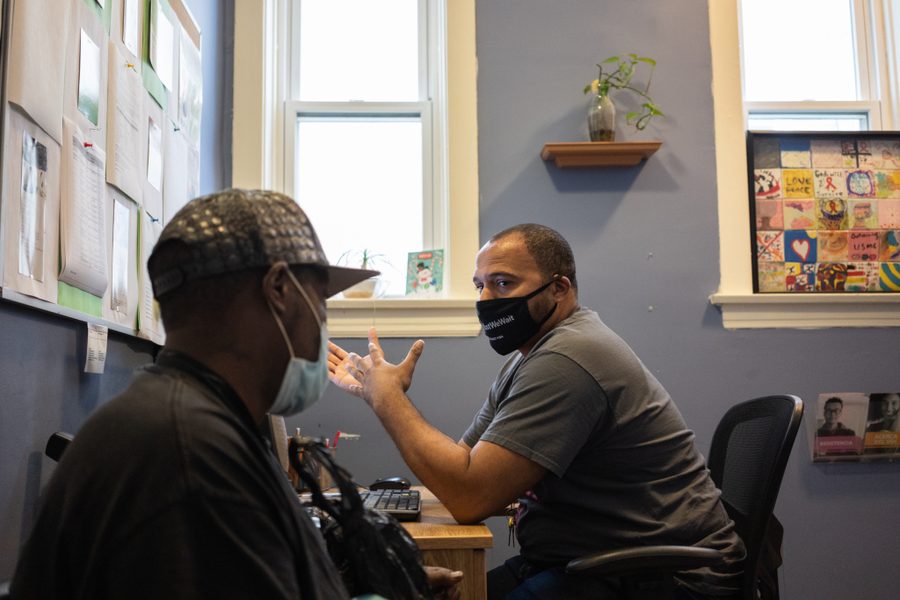
NEW YORK—When Soraida and her husband experienced Covid-19 symptoms in mid-March, no one at the New York City hotlines, meant to direct residents to testing sites, answered their calls for support. After several days, an operator finally offered them a testing appointment in Queens — miles away from their Bronx apartment — on the condition they get there by car, rather than public transportation. But they didn’t have a car.
“We didn’t have money at the time,” says Soraida, an immigrant who arrived in the Bronx 20 years ago from Mexico. “None of us were working, and we’ve had to pay for the Tylenols and the remedies we needed to fight off the virus out of our own pocket.” Soraida and her family eventually recovered, but their story is distressingly common.
The pandemic has exacerbated the United States’ underlying inequalities, right down to who has the means and ability to get tested for Covid-19. Poor people and people of color have been disproportionately impacted.
In response, local and grassroots groups are filling a healthcare void too often left by governments.
Various nonprofits and churches throughout the country, for example, are offering free Covid-19 testing — necessary to control the spread of the disease — to anyone who wants it. The country’s overall testing capacity has lagged throughout the pandemic. By the third week of April, the United States was performing about 150,000 tests per day; experts had said several times that figure would be needed to curb the spread.
Testing has ramped up sharply since April, but experts are still warning that a lack of national coordination is hampering a recovery. The federal government still has not introduced a national contact-tracing program to inform people of their potential exposure, a key mechanism to slow the spread of the coronavirus.
Project Vida is a health nonprofit in Chicago’s Little Village neighborhood, home to the city’s largest Mexican immigrant community. Latinos have the highest Covid-19 infection rate in Illinois. Seeing an urgent need to test in Little Village, Project Vida members threw themselves into the work. “Our first day of testing was April 16, and I felt that it was already too late,” says Jerome Montgomery, the group’s executive director.
While Project Vida does not ask for its clients’ immigration status, Montgomery estimates nearly 75% of the 3,000-plus people tested so far are undocumented. There are now at least 10 testing sites near Little Village, but hundreds of testing sites are needed to stop the spread of the virus in Chicago, Montgomery says. Chicago has fewer than 100 total testing sites.
Up to 60% of the individuals who have tested positive by Project Vida have been asymptomatic, illustrating the importance of widespread testing — because people can spread the disease without knowing they have it.
According to the Centers for Disease Control and Prevention, one of the primary factors fueling coronavirus disparities is the institutional racism inherent in housing segregation. People of color tend to reside in neighborhoods far from medical facilities, which drives contagion and hinders access to care.
This reality is deeply felt in places like Brooklyn, one of the country’s largest Covid-19 hotspots. Starrett City, a series of Brooklyn housing projects primarily home to African Americans, is New York’s hardest-hit neighborhood. Already battered by one of the highest crime rates in New York, Starrett City has also been left behind in the pandemic response.
New York opened the closest testing site for Starrett City residents April 17, long after the pandemic had begun ravaging the community — and it’s a half hour away by public transportation.
Two area churches (Key to Heaven Tabernacle Church and the Franco-Haitian Ministries) have tried to fill the testing gaps in Brooklyn — receiving support from Northwell Health, a large nonprofit health provider — by offering free testing for one week in June. But they are still about a half hour away by bus from Starrett City. (A total of 49 churches in New York are included in the overall program.)
People of color are still testing positive for Covid-19 at two to three times the rate of New York City’s average, according to Debbie Salas-Lopez, spokesperson for Northwell Health. Clearly, more intervention is needed.
Considering that many experts expect a second wave of coronavirus in the coming months, people of color will remain the most affected by the pandemic as states ease their coronavirus restrictions. Members of immigrant families like Soraida’s will still get sick, and possibly die, with little federal support for testing and contact-tracing programs.
Maurizio Guerrero is a journalist based in New York City. He covers migration, social justice movements and Latin America.
